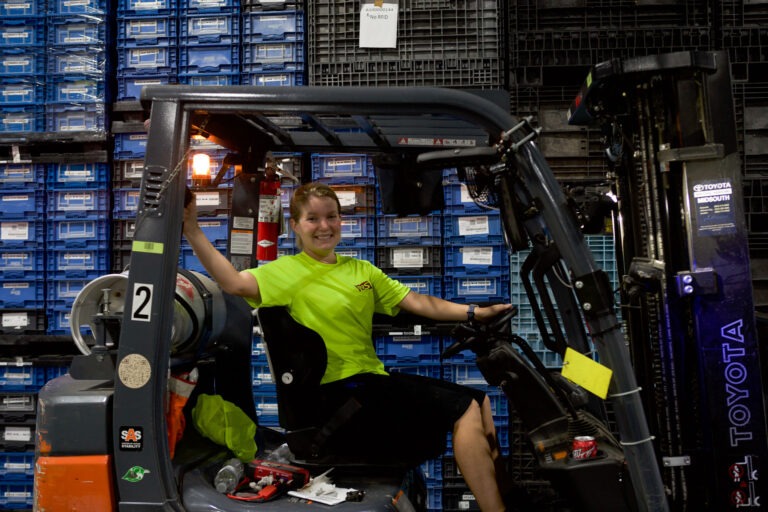When looking at warehousing costs, you have options beyond internally owned warehouses or third-party logistics providers. You can consider a co-op facility or use a contract broker to help you manage your warehouse needs.
Warehousing costs are one of the most critical factors in supply chain management, and it’s a good idea to understand your options before deciding on one approach over another. In this guide, we’ll discuss the pros and cons of internal warehousing vs. third-party logistics providers so that you clearly understand each approach’s benefits and drawbacks when conducting a cost/benefit analysis.
Advantages of an internally owned warehouse
- You have more control over your inventory, which means you can make changes to it as needed and don’t have to wait for a third-party warehouse to approve those requests. This also allows you to customize your warehousing needs in a way that’s more specific to what works best for your business.
- Customizable equipment and technology options available at the site can help improve efficiency and productivity, leading to better service levels for customers who need products quickly or urgently
What are the disadvantages of an internally owned warehouse
- You have to pay for the space, in addition to all of its associated costs. Since you own the warehouse and are responsible for everything in it, including any damage that occurs there, this can be quite expensive. It also means that if you don’t have enough space at your warehouse and need more room, you will have to finance a larger building or find another location altogether (which could be difficult).
- You’ll need workers who can manage shipments and inventory as well as perform other tasks associated with managing inventory (e.g., safety checks).
- Equipment such as forklifts is necessary for moving inventory around between loading docks and storage areas within the facility itself; however, these items also require maintenance every once in a while, which adds yet another cost onto your balance sheet—and not just one but several over time depending on how often they’re used!

Advantages of a 3PL provider?
- Third-party providers offer a high level of security and safety.
- They’re also flexible and responsive, which can be important for companies moving quickly or changing their order volume regularly.
- If your company deals in sensitive goods, you’ll probably want the extra protection offered by an outside provider.
- If you’re a business that ships out large volumes of products, then an outside shipper may be the best option. A third-party logistics provider can often offer more competitive pricing than an in-house shipping department, especially if you need to ship frequently or on short notice.
What are the disadvantages of a 3PL provider?
There are some disadvantages to using a third-party logistics provider. For example, you might have to compromise on the quality of the packaging and the amount of time it takes to ship products. However, if you research and find a reputable logistics partner with experience in your industry, this shouldn’t be a problem.
Final Thoughts
Internally owned warehouses are great for companies that want to control their stock. However, they are not suitable for every business due to the high initial investment costs involved in setting up an internal warehouse. If you’re on a tight budget or looking to expand your operation without making too much of an upfront investment, third-party warehousing may be more suitable.
3PL Warehousing For You
As an experienced 3PL logistics provider, R&S Logistics can assist you in automating your shipping process while maintaining control over cost. Contact us today if you’re looking for help with 3PL warehouse solutions.


